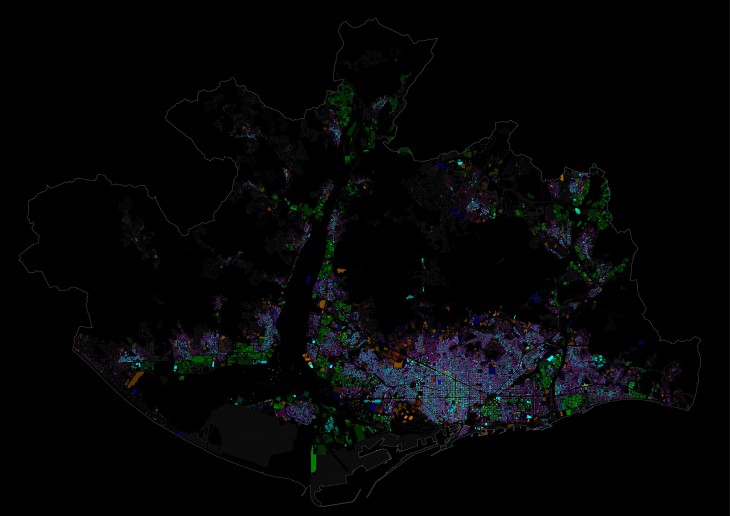300.000Km/s
Guest faculty: Mar Santamaria-Varas & Pablo Martínez Díez
Technical advancements over the past decade have completely changed the way we sense, seize, use, plan and build present and future cities. Traditionally, urban planning has been based on a morphological description of the environment. This classic top-down approach has become obsolete either to describe the consolidated city slowly growing or declining — urban regeneration projects will require a detailed knowledge of the territory-, or to deal with the development of emerging cities where urban sprawl is faster than planning methods. However, the explosion of Urban Big Data can address a description of the city responding to different scales and velocities. This datification of the world enables the integration of multiple information in a unique representation to propose novel design strategies. Besides architecture of ‘stone and space’, we should recognise an expanding landscape of invisible networks. The master class will present several projects that aim to promote meaningful innovation in terms of city planning by illustrating both morphological and behavioural patterns. We will describe the process of capturing, analyzing and interpreting the information using different data sources (statistics, social networks, open data, etc.).
